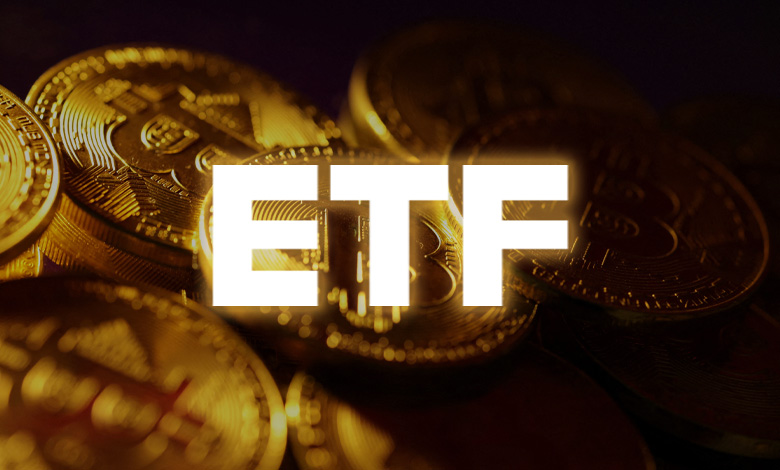Over 70 Crypto ETFs Await SEC Review as Institutional Interest Grows

More than 70 cryptocurrency exchange-traded funds (ETFs) are expected to go before the US Securities and Exchange Commission (SEC) for review this year. The proposals span a wide range of digital assets—from major altcoins and memecoins to complex derivatives—according to Bloomberg analyst Eric Balchunas.
“Everything from XRP, Litecoin and Solana to Penguins, Doge and 2x Melania and everything in between,” Balchunas posted on X on April 21. “Gonna be a wild year.”
The wave of ETF applications comes as institutional appetite for crypto continues to strengthen. A March report from Coinbase and EY-Parthenon found that over 80% of institutions plan to increase their crypto exposure in 2025.
Still, experts warn that approval doesn’t necessarily mean widespread adoption—especially for ETFs tied to lesser-known tokens.
“Having your coin get ETF-ized is like being in a band and getting your songs added to all the music streaming services,” Balchunas explained. “Doesn’t guarantee listens but it puts your music where the vast majority of the listeners are.”
Katalin Tischhauser, head of research at Sygnum Bank, told Cointelegraph that she expects altcoin ETFs to attract between several hundred million dollars and $1 billion in total inflows—much less than what Bitcoin ETFs have pulled in.
Spot Bitcoin ETFs, which were the first of their kind approved in the US, amassed over $100 billion in net assets in 2024 alone.
Analysts also believe that ETFs offering structured exposure to digital assets—via options and other derivatives—could see broader institutional traction. These instruments open up new portfolio strategies and may fuel “explosive” price movements for major cryptocurrencies, said Jeff Park, Head of Alpha Strategies at Bitwise Invest.
Options, which give investors the right to buy or sell an asset at a set price, are seen as a key tool for this evolution.
On April 21, ARK Invest made headlines by adding staked Solana to two of its existing ETFs. The move marked the first time US investors gained access to spot SOL within an ETF structure.





